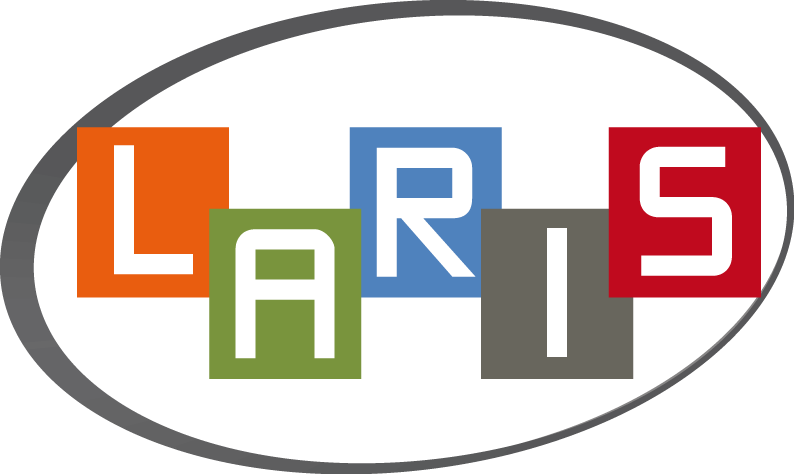Bidimensional Increment Entropy for Texture Analysis: Theoretical Validation and Application to Colon Cancer Images
Résumé
Entropy algorithms are widely applied in signal analysis to quantify the irregularity of data. In the realm of two-dimensional data, their two-dimensional forms play a crucial role in analyzing images. Previous works have demonstrated the effectiveness of one-dimensional increment entropy in detecting abrupt changes in signals. Leveraging these advantages, we introduce a novel concept, two-dimensional increment entropy (IncrEn2D), tailored for analyzing image textures. In our proposed method, increments are translated into two-letter words, encoding both the size (magnitude) and direction (sign) of the increments calculated from an image. We validate the effectiveness of this new entropy measure by applying it to MIX2D(p) processes and synthetic textures. Experimental validation spans diverse datasets, including the Kylberg dataset for real textures and medical images featuring colon cancer characteristics. To further validate our results, we employ a support vector machine model, utilizing multiscale entropy values as feature inputs. A comparative analysis with well-known bidimensional sample entropy (SampEn2D) and bidimensional dispersion entropy (DispEn2D) reveals that IncrEn2D achieves an average classification accuracy surpassing that of other methods. In summary, IncrEn2D emerges as an innovative and potent tool for image analysis and texture characterization, offering superior performance compared to existing bidimensional entropy measures.
| Origine | Fichiers éditeurs autorisés sur une archive ouverte |
|---|


